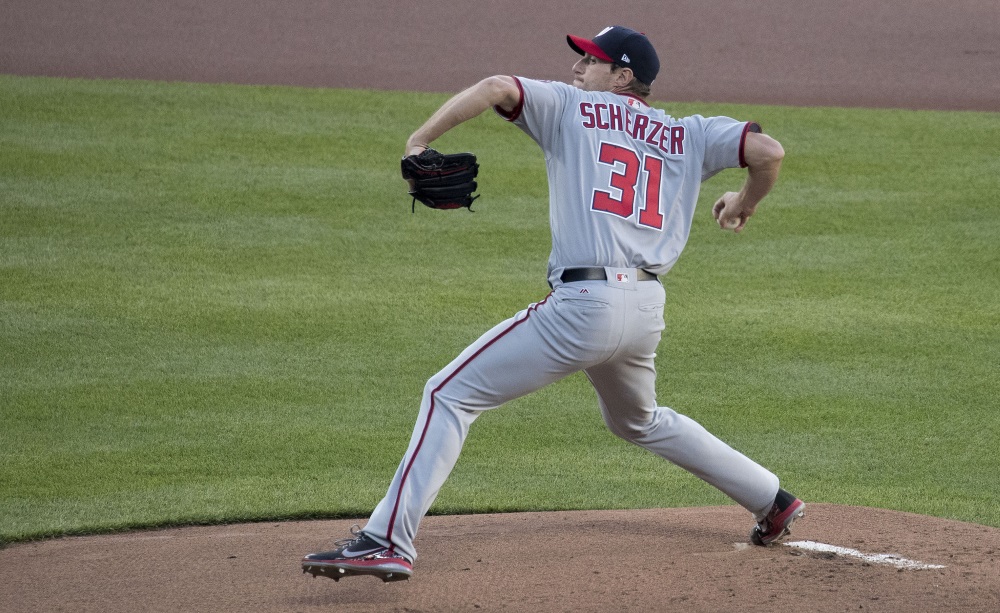Which Teams Could Even Trade for Lindor and Ramirez?

(Photo: Erik Drost)
Last week, I took up the mantle from Dave Cameron and published this site’s 11th annual Trade Value series. If you’re new to the concept, the Trade Value series represents an attempt to rank the most valuable assets in baseball, accounting for each player’s current skill level, age, and health while factoring in controllable years or contract status (with lots of advice from scouts and execs). Few, if any, of the players are likely to be traded in reality; however, the rankings represent an opportunity to see how the industry is and isn’t valuing players.
An unusual thing happened in this year’s series — namely, the top two spots in the rankings went to a pair teammates, Francisco Lindor and Jose Ramirez. By my reckoning, the combined eight years for which their contracts are controlled by Cleveland are worth around $385 million*. They’re incredibly valuable.
*To arrive at this figure, I used ZiPS projected WAR, projected dollar-per-WAR inflation, discounted values for years further into the future, and a linear concept of dollar-per-WAR. This is more of a ballpark number since clubs on either extreme of the payroll spectrum may value each win much more or less than the average team that’s assumed in this sort of calculation.
In the wake of this year’s edition, I began thinking: would any clubs have sufficient ammunition for Cleveland even to consider a possible trade of Lindor and Ramirez? As with the Trade Value series itself, this is mostly a hypothetical question. The Indians, as a contending club, have little incentive to deal two of the majors’ best players. Still, I was curious if any club could put together enough assets even to make it possible.







